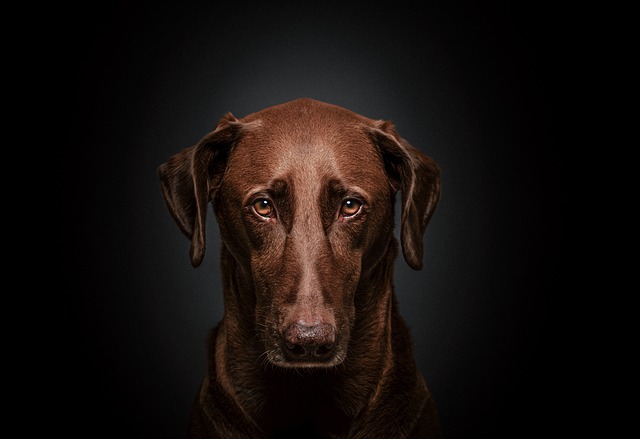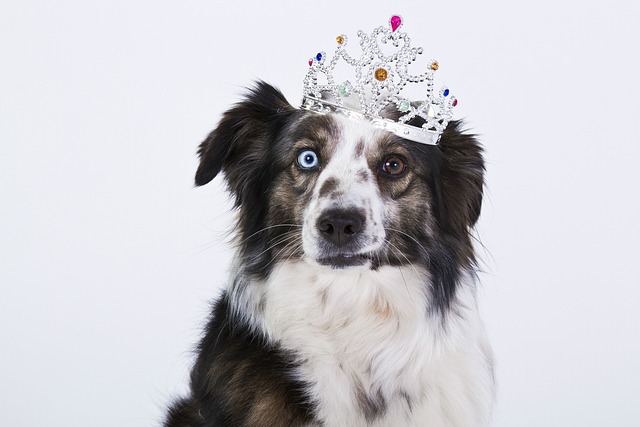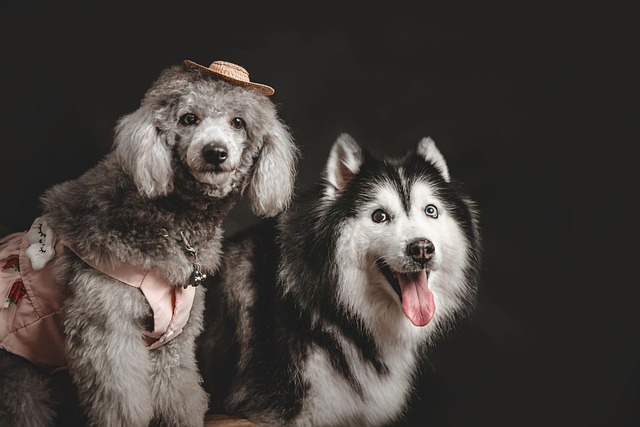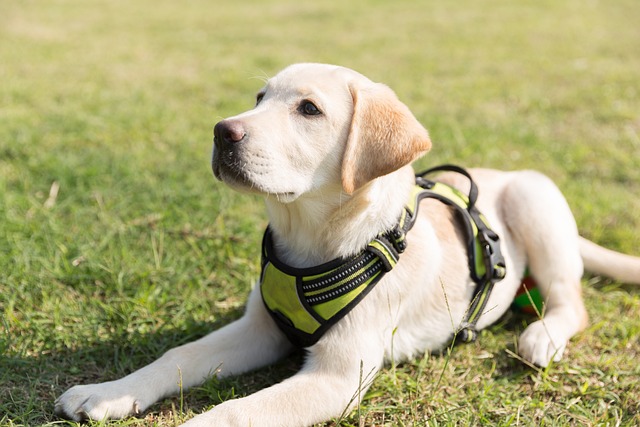
How to guide your dog to urinate and defecate outside?
Puppy pads scattered across the kitchen, a surprise pile behind the couch, the frantic scramble to clean before guests arrive—house-training struggles feel universal.
Is a harness good for training a dog? Imagine this: You’re strolling through your neighborhood park in Denver, holding the leash of your 6-month-old lab mix, Rocky. One second, he’s trotting beside you; the next, he spots a squirrel and yanks so hard, your shoulder aches. You’ve tried a collar, but he chokes himself pulling, and now he tenses up every time you reach for the leash. Sound familiar? For new dog owners in the U.S., harnesses are often hailed as a training fix—but do they live up to the hype?
Harnesses work by shifting pressure from a dog’s neck to their chest and shoulders, which is gentler and reduces the urge to pull. Unlike collars, which can strain the trachea (especially in small breeds or flat-faced pups like pugs), a well-fitted harness distributes force evenly. This comfort makes training easier: When a dog isn’t fighting discomfort, they’re more likely to focus on your cues. Think of it like swapping tight shoes for sneakers—suddenly, moving in the right direction feels natural, not a struggle. Behavioral experts note that harnesses shine in “loose-leash walking” training, where the goal is to teach your dog to stay by your side without tugging.
So, how to use one for training? Start by picking the right harness: Look for a “no-pull” style with a front clip (on the chest) rather than back-only—front clips redirect your dog’s momentum when they pull, making it harder to lunge. Let Rocky sniff and wear the harness around the house for 5 minutes a day, pairing it with treats (“Good boy, Rocky!”) so he associates it with good things. Once he’s comfortable, head outside for short walks. When he stays close, reward him with a tiny piece of chicken; if he pulls, stop walking and wait—no yanking, no scolding. This teaches him that pulling gets him nowhere, while calm walking gets rewards. Positive reinforcement, not punishment, is key here—it builds trust, which makes training stick.

Now, let’s tie this to responsible pet care. In every U.S. state, rabies vaccines are mandatory—Rocky needs his first shot by 16 weeks, and keeping up with boosters ensures he’s safe (and legal) during training walks. When you hit the park, always pack poop bags; even a well-trained dog needs cleanup, and fines in cities like Chicago top $150 for skipping this. Culturally, never yank the harness or scold Rocky for pulling—that’ll make him fear the walk, not learn. Instead, pause, wait for him to relax, then resume with praise. In apartments, practice harness training indoors first (think hallway laps) to avoid disturbing neighbors with early-morning tug-of-wars. And on sidewalks, keep a loose grip on the leash—harnesses give control, but respecting others’ space (steering clear of strollers or cyclists) is part of good dog etiquette.
Harnesses aren’t magic, but they’re powerful tools. Pair one with patience, treats, and lots of encouragement, and soon, Rocky will be trotting beside you—no sore shoulders, no choking, just smooth walks and tail wags.

Puppy pads scattered across the kitchen, a surprise pile behind the couch, the frantic scramble to clean before guests arrive—house-training struggles feel universal.

It’s a familiar morning scene for many new dog owners: you walk into the kitchen to find your pup’s nose buried in the trash can, cereal boxes torn open and banana peels scattered across the floor.

Watching a tiny Yorkie or Chihuahua dart toward the door instead of squatting on the rug feels like a win—but getting there takes time, and every pup moves at their own pace.

Puppies have tiny bladders, and when you live in an apartment with no yard or during harsh winters that make outdoor trips tricky, indoor potty training becomes a necessity.

Many new dog parents see agility videos—dogs zipping through tunnels, leaping over hurdles—and think, “We could never do that at home.”

Ever called your dog in the park, only for Fido to pretend he’s suddenly deaf? Or struggled to get him off the sofa when guests arrive? You’re not alone.